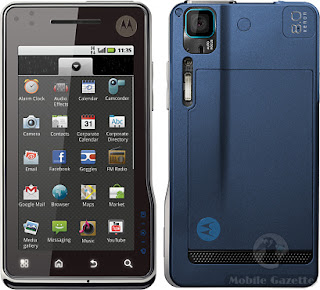Cell phones apps are becoming more popular with the release of each new smartphone. Making our the organization of our lives more efficient, keeping us up to date with the latest news and events; apps, free or paid, are just another reason why cell phones have become such an important part of our world today.
The new Pandora app, evolved from Pandora radio is another one of those reasons we appreciate new and amazing applications for our smartphones. In making the top ten most used smartphone app list, knowing the history behind the new app is a great way in which to benefit and respect it even more.
Pandora first started a few short years ago as a Music Genome Project. This mathematical algorithm created by both Will Glaser and Tim Westergren was brought to Pandora Radio (currently on MSN) in 2000. The idea would be to create pods of music in which to categorize. Then, each song was given a list of characteristics that would put them within these pods.
In this, Pandora could offer suggestions of songs and artists that somebody who liked a similar pod might also like. This gives the listener the ability to not only listen to their favorite tracks and artists but would also introduce new tracks and artists to the listener, intermittently. Listeners choose to create stations based on their favorite artists. They can choose a multitude of stations and flip back and forth between them all. Whether your phone goes down and needs iPhone repair, or if it is temporarily out of commission due to faulty service, your choices remain within Pandora's software. Pandora also allows for skipping of tracks as well as pausing tracks as the user chooses.
In only mid 2010 Pandora had over seven hundred thousand tracks on file, including that of variant artists. Over forty-five million users had subscribed to Pandora and were using the system. In now being used as an application on smartphones and features phones alike, Pandora has reached a new level.
The best part of having Pandora as an application on your cellular phone is that it is completely free for the first forty hours of music each month. If a user wants to continue service after their forty hours within a month, this can be established with a small fee of under one United States dollar.
The application has proven itself worthy by allowing for the system to suggest new artists and music, but also allowing the listener to accept or reject the suggested preferences. To make life even easier, links to purchase songs that the listener wants to listen to again and again are obtained on the Pandora website or Pandora app.
Whether you're on a long road trip or jumping from place to place with your headphones on, the Pandora app let's you listen to what you want to listen to. With no charge for the first forty minutes each month, why not try the Pandora app on your smartphone today?
Article Source: http://EzineArticles.com/5770489




































